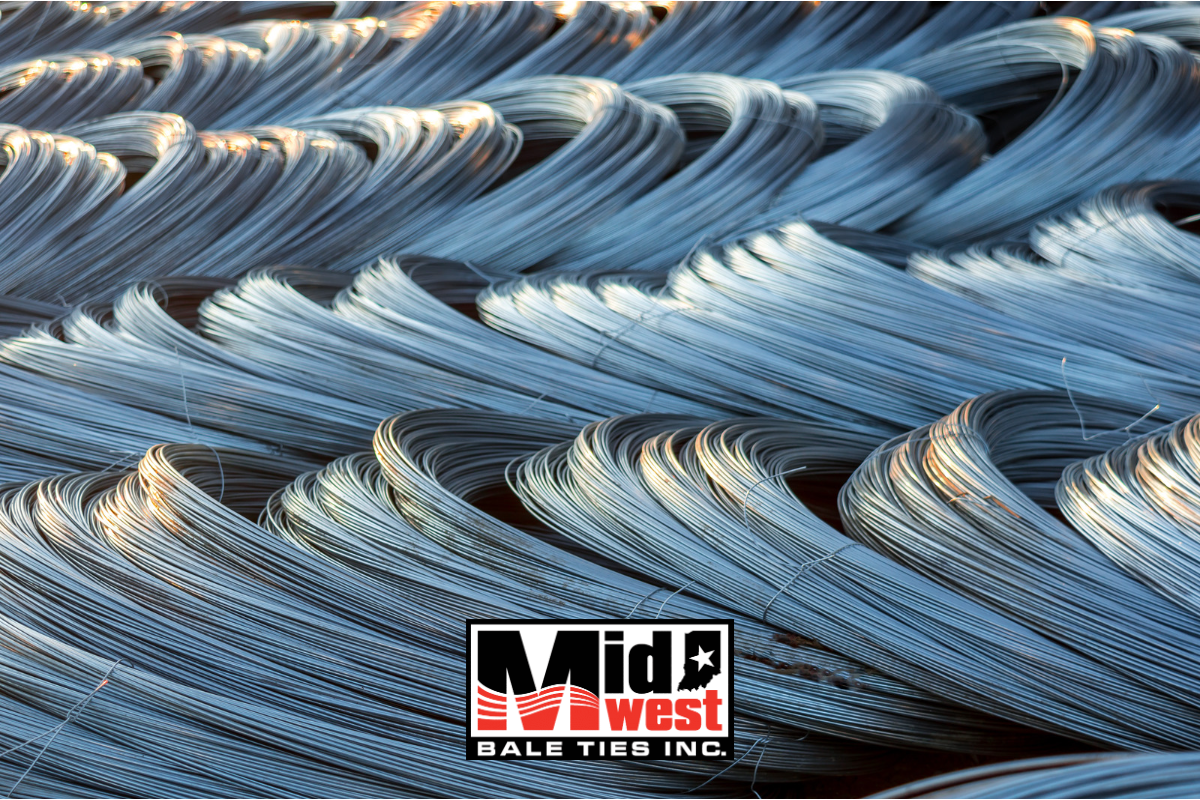Understanding Wire Gauges and Break Strengths: A Comprehensive Guide

Wire gauges are essential elements in determining the thickness or diameter of a wire. The higher the gauge number, the thinner the wire. Conversely, the lower the gauge number, the thicker the wire. This fundamental concept, based on the American Wire Gauge (AWG) system, plays a significant role in defining the wire’s properties, including its break strength. In this post, we’ll explore different wire gauges and their associated break strengths.
American Wire Gauge (AWG)
The American Wire Gauge (AWG), also known as the Brown & Sharpe wire gauge, is a standardized wire gauge system used predominantly in North America for the diameters of round, solid, nonferrous, electrically conducting wires. The gauge starts at 40 and ends at 0000 (4/0). Remember, the thinner the wire, the higher its gauge number, and vice versa.
Break Strength
The break strength of a wire refers to the maximum amount of tension the wire can withstand without breaking or failing. It’s generally determined by the material’s inherent strength, the diameter of the wire, and the manufacturing process. Higher gauges, being thinner, will typically have lower break strengths, while lower gauges, being thicker, will have higher break strengths.
Wire Gauge and Break Strength: A Relationship
There is a direct relationship between wire gauge and break strength. The thicker the wire (lower gauge), the higher the break strength. Here’s a simplified representation of different gauges and their approximate break strengths:
- 40 AWG (0.0031 inches diameter): Given its extreme thinness, it is used in delicate applications like fine coil windings. It has a very low break strength, typically under 1 pound.
- 30 AWG (0.0100 inches diameter): Used in wrapping wire for electronics and other fine applications, it has a break strength of about 1 to 2 pounds.
- 20 AWG (0.0320 inches diameter): Commonly used in household appliances, its break strength is roughly 30 to 40 pounds.
- 10 AWG (0.1019 inches diameter): Used in wiring for larger appliances and heavy-duty machinery, its break strength is around 200 to 250 pounds. At Midwest Bale Ties, we have found the most common gauges in the baling wire industry are 10-14 gauge. You can view a list of our products and their various gauges here.
- 0 AWG (0.3249 inches diameter): Utilized for industrial and high-power applications, this thick wire offers a break strength of approximately 1,500 to 1,700 pounds.
- 4/0 AWG (0.4600 inches diameter): The largest gauge in the AWG system, 4/0 wire is often used in high-power electrical circuits. The break strength is typically over 4,000 pounds.
The figures given above are rough estimates and can vary based on the wire material and quality. Materials like copper, steel, and aluminum each have different tensile strengths, and that factor, combined with the wire’s diameter (gauge), will determine its break strength.
Understanding wire gauges and their corresponding break strengths is essential in a variety of fields, including electrical engineering, telecommunications, and even jewelry making. Selecting the right gauge for a specific application not only ensures optimal performance but also maintains safety standards. Whether you’re choosing a wire for crafting a delicate piece of jewelry or installing an industrial-grade electrical circuit, remember: the gauge matters!
Please note that while the information contained within this blog post serves as a general guideline, the wire experts at Midwest Bale Ties are always here to help when selecting wire for a particular use to ensure safety and efficiency. It’s important to consult with a knowledgeable supplier when making your bale tie and wire selection. Call our sales team today at 765-364-0113.

